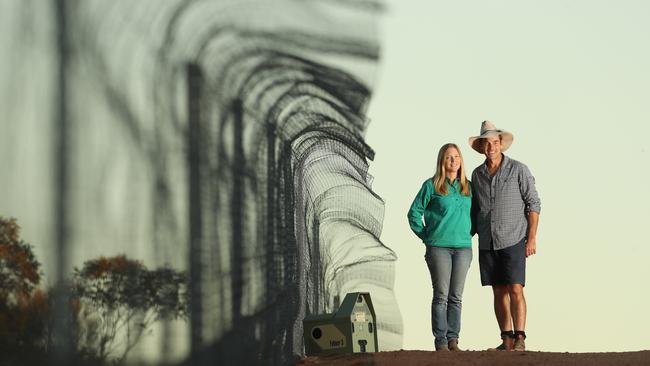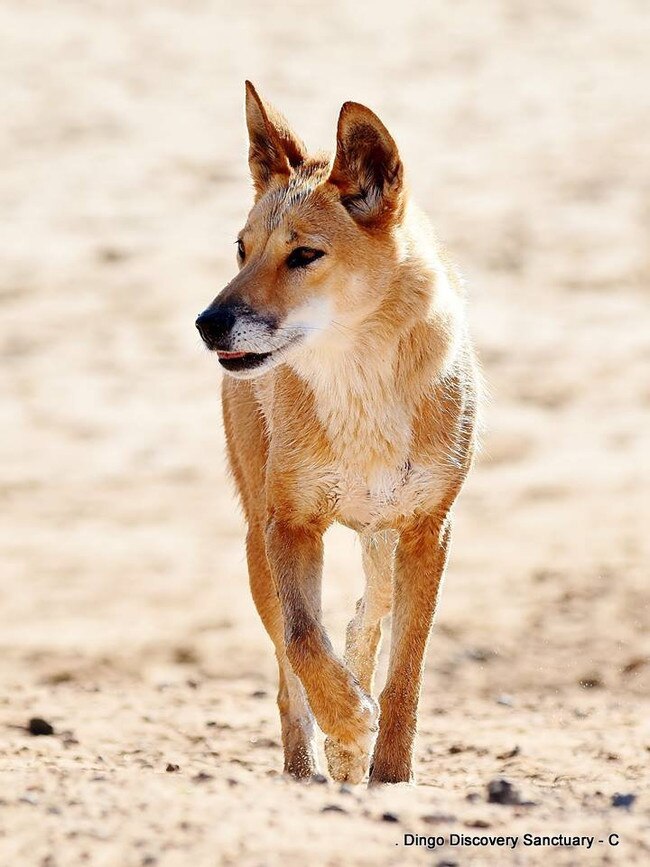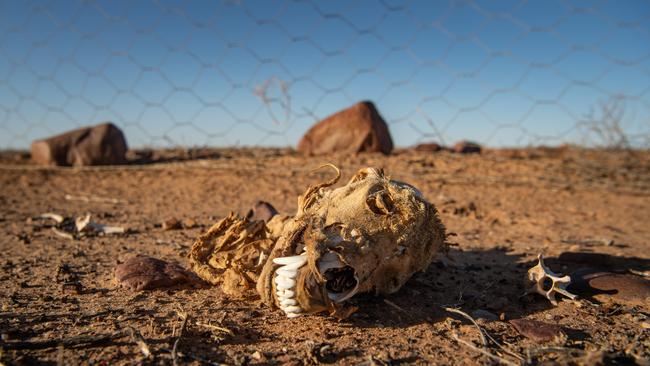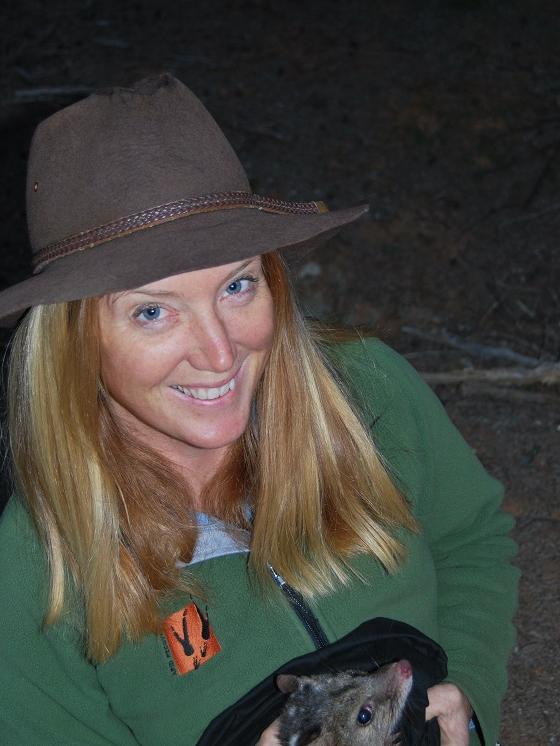Scientists line up to oppose SA dingo crackdown, raising concerns about ecological problems, lack of evidence
The Marshall Government’s planned crackdown on dingoes is not based on evidence and could result in a swath of ecological problems including a feral cat boom, a group of scientists say.

SA News
Don't miss out on the headlines from SA News. Followed categories will be added to My News.
- Dingoes, mental health targeted in SA drought funding program
- The Advertiser +Rewards – giveaways, offers and competitions
A new government policy to crack down on dingoes is based on emotion, rather than evidence, scientists say, and could result in a string of ecological problems.
A group of more than 30 scientists have penned a letter to the Government raising “serious concerns” about the policy, which they say could increase the abundance of wild cats and foxes, heighten problems with kangaroos overgrazing pastures and suppress the population of native threatened species.
The State Government’s proposed changes to the SA Wild Dog and Dingo Policy include allowing aerial baiting of dingoes within national parks and requiring all landowners to follow a minimum baiting standard.

Ecologist Katherine Moseby, based on the Eyre Peninsula, said there was no question dingo controls were needed south of the dog fence to ensure the viability of sheep farming.
“But south of the dog fence, forcing people to bait four times a year (even if) they don’t even have dingoes on their property is a significant impost and you’re also putting poison baits down that could be taken by native animal species,” said Dr Moseby, research fellow with the centre for ecosystem science at the University of New South Wales.
Aerial baiting is already allowed south of the fence, but under the changes, it would also be allowed to its north.
Here, in cattle grazing country, Dr Moseby said dingoes helped manage other animal populations, including kangaroos, wombats and goats.
“This intensification of dingo control north of the fence is going to have repercussions and we’re going to end up with kangaroo overpopulation, with goats … and lots of impacts on our threatened species,” Dr Moseby said.

“My main concern is I’ve not seen any data on dingo abundance north of the fence, or data on damage to the cattle industry from dingoes and there are no triggers in place to say, ‘When dingoes get to this level we’re going to do controls’.
“There’s no checks and balances going on here at all.”
Decisions on dingo baiting must be made based on science – not “people’s emotions”, Dr Moseby said.
In their submission to public consultation on the proposed changes, the scientists also said the Government’s use of the term “wild dogs”, rather than dingoes, was misleading.
“Wild canids in Australia are predominantly dingoes and dingo hybrids, and not, in fact, feral domestic dogs,” the submission read.

Primary Industries and Regional Development Minister Tim Whetstone said wild dogs cost livestock producers almost $90 million each year.
He said farmers and pastoralists had for generations been defending against the threat of “vicious dead-of-night wild dog attacks” on sheep, lambs and calves.
MORE NEWS
Government offers farmers $120 for each wild dog they kill
Koala boom fear drives call for KI to drop bears
“Stopping the southward spread of wild dogs is also the best way to protect pure dingo populations by preventing mixing and hybridisation with feral dogs,” Mr Whetstone said.
“This is why our government is ramping up efforts to eradicate wild dogs south of the dog fence by employing extra wild dog trappers, laying extra baits, offering a wild dog bounty and undertaking the once-in-a-century $25 million rebuilding of the dog fence.”
“All landowners need to do their bit to ensure there is a community approach to the eradication of wild dogs and not allow their property to become a haven.”
